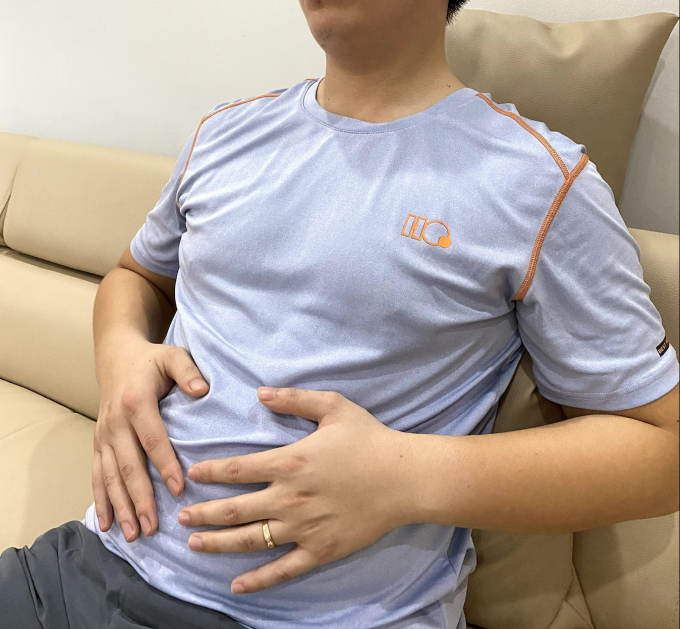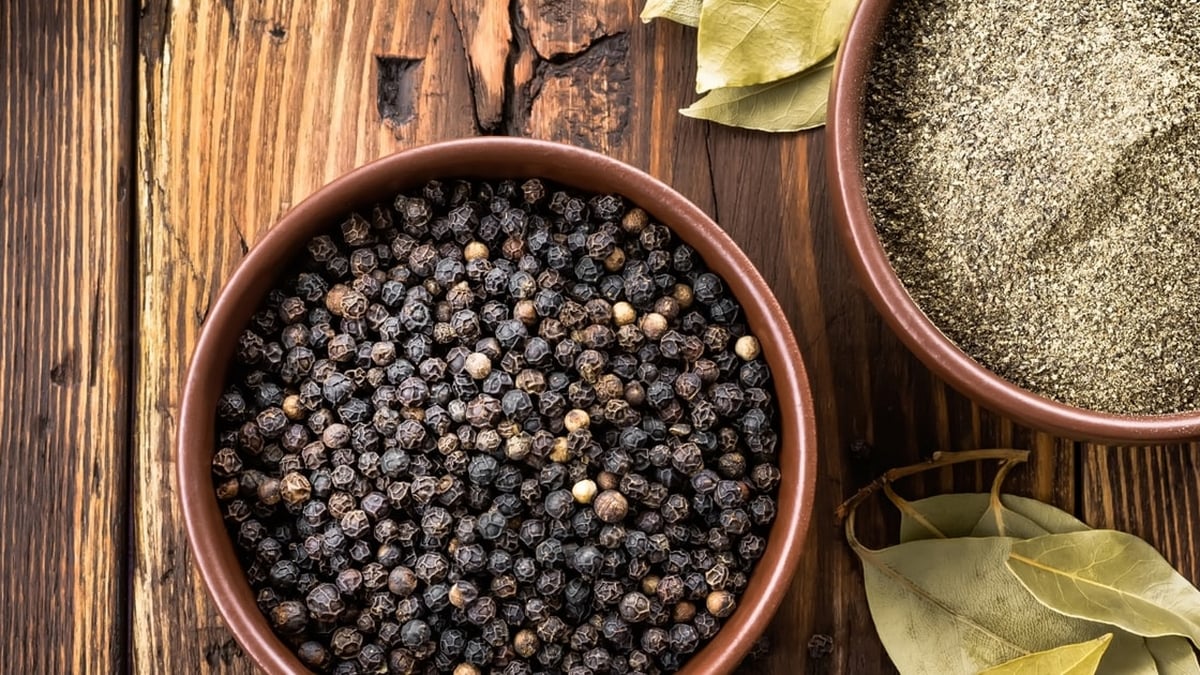Fiber brings many health benefits, but eating too much can cause bloating, flatulence, constipation and more seriously, intestinal obstruction.
Fiber is an important nutrient for health, and comes in two types: soluble and insoluble. Soluble fiber helps lower LDL cholesterol levels and is found in bananas, apples, oats, berries, and avocados. Insoluble fiber helps control constipation by acting as a bulking agent, helping stool move through the intestines, and stabilizing blood sugar. Some sources of insoluble fiber include nuts, corn, whole grains, and the skins of some fruits and vegetables.
The U.S. Centers for Disease Control and Prevention (CDC) recommends eating 22-34 grams of fiber per day, depending on age and gender. Because fiber tolerance varies from person to person, sometimes suddenly increasing your fiber intake can cause some symptoms.
Flatulence
Fiber is a type of carbohydrate that is difficult to digest. Therefore, eating too much or increasing fiber intake too quickly can lead to unpleasant gastrointestinal side effects, such as gas and bloating. People who need to increase their fiber intake should do so gradually, adding a few grams per week.

Eating too much fiber can cause bloating and flatulence. Photo: Bao Bao
Constipation
Fiber has a laxative effect, however, it can cause constipation if too much fiber accumulates and overloads the digestive system. To reduce constipation, fiber intake should be slow and steady, and at the same time, drink plenty of water.
Fiber combines with water to help stool move through the digestive tract easily. Without enough water, stool forms but is difficult to move, causing constipation.
Stomach-ache
Increasing fiber too quickly or too much can cause stomach cramps and distension, leading to severe abdominal pain. Usually, this condition subsides after the body has digested all the fiber-containing foods. If the cause of the abdominal pain is determined to be excess fiber, limit your intake for about 1-2 weeks afterward.
Bowel obstruction
Some people may develop intestinal blockages if they consume too much fiber. This happens when fiber builds up in the intestines, binds together, and interferes with digestion. Intestinal blockages caused by high fiber intake are rare, usually occurring in the elderly or people with certain digestive diseases. The cause is a decrease in the efficiency of digestion and the elasticity of the intestinal wall.
Symptoms of consuming too much fiber can range from mild to severe. Severe cases with symptoms of nausea, vomiting, fever, severe abdominal pain or inability to defecate should be examined by a doctor. In mild to moderate cases, some of the following methods can help relieve the condition.
Drinking more water helps reduce bloating and prevents dehydration caused by eating more fiber.
Limit foods containing fiber to give your body time to digest the amount consumed until symptoms subside.
Doing some exercises like walking and gentle stretching can improve bloating and constipation.
Avoid carbonated drinks or chewing gum as these foods can introduce extra air into the digestive system, leading to bloating and abdominal discomfort.
Bao Bao (According to Eating Well )
| Readers ask questions about nutrition here for doctors to answer |
Source link




















































![[Maritime News] More than 80% of global container shipping capacity is in the hands of MSC and major shipping alliances](https://vphoto.vietnam.vn/thumb/402x226/vietnam/resource/IMAGE/2025/7/16/6b4d586c984b4cbf8c5680352b9eaeb0)













































Comment (0)